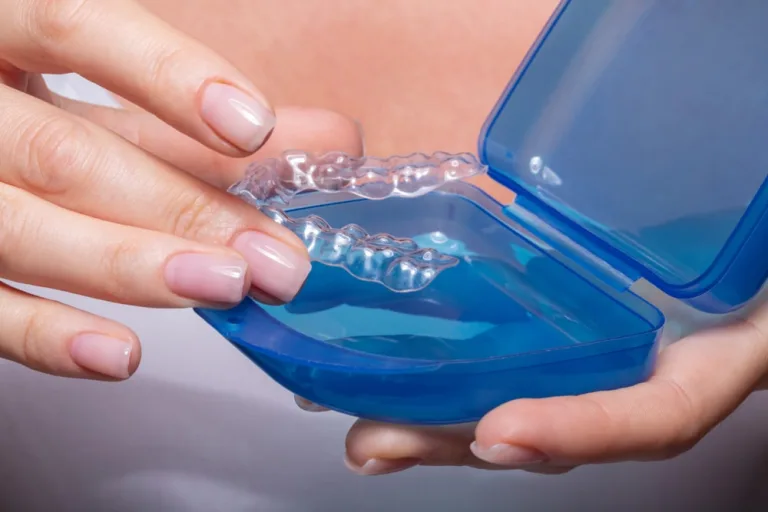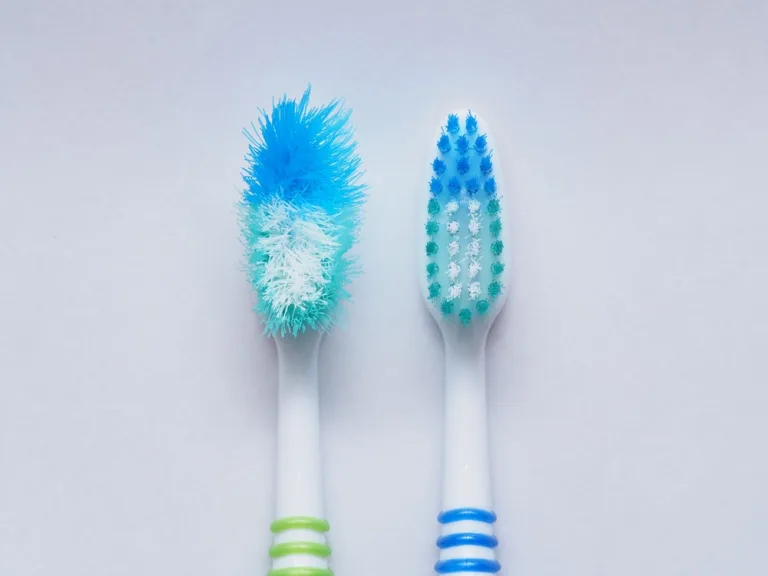When it comes to cavity prevention, there are plenty of tried and true techniques out there to keep you safe. Cavities are small holes in your teeth created when plaque is not properly removed from teeth. They are more common among kids, but adults can have issues as well, especially if their oral hygiene is not a priority.
If left unchecked, cavities can eventually lead to tooth decay and gum diseases, so it’s important to know how to prevent and address the problem. Some of the best prevention techniques seem obvious, but if the proper method isn’t followed, these techniques can be almost as useless and not doing them at all.
1. Brush Twice a Day with Fluoride Toothpaste
Brushing your teeth is a normal part of your everyday oral hygiene routine. To make sure this piece of the puzzle is as effective as possible, you want to ensure that you are brushing correctly, choosing the right toothbrush, and using fluoride toothpaste.
Correct Procedures
It is important that you brush your teeth for at least two minutes total, and do so evenly. Brushing in a circular motion on the front surface of teeth, up and down on the back surface, and back and forth on the chewing surface is important to ensure the most plaque is removed during this process.
Brushing your teeth should be something you do first thing in the morning and immediately before bed at night. Brushing at these times will help to remove the maximum amount of plaque and keep breath smelling fresh.
Best Brushes
The right brush for you depends entirely on your needs. The American Dental Association recommends brushing with a soft-bristled brush, but after that, the best brush is left to your personal preferences and needs.
Using an automatic brush is recommended as best for kids who are new to brushing, those with disabilities or mobility issues that may stop them from getting the most from manual brushing, and those who want to know they are brushing for the full two recommended minutes.
Manual toothbrushes should have bristles that are angled or uneven to get the best results. When using this type of brush, you must ensure that you are brushing each tooth for 15 to 20 seconds in a circular motion. Manual brushes are good for those with tooth sensitivity or dental work that prevents the use of power brushes.
Why Fluoride?
Fluoride is a mineral found in nature that helps to prevent cavities by making enamel more resistant to the acid that causes tooth decay. Fluoride is beneficial to all age groups, even babies since it makes tooth enamel stronger even before the teeth break through the gums.
Fluoride is also useful in that it helps to rebuild enamel that has been weakened and can even reverse the early signs of tooth decay.
Fluoride can get to your teeth either by a topical treatment, like brushing with fluoride toothpaste, or by being taken from the foods and drinks that you ingest. The ingested kind is thought to be even more beneficial because the fluoride gets into your saliva and is then able to bathe the teeth for more consistent help.
2. Use an Interdental Cleaner
Interdental cleaning, more often referred to as flossing, is another major way to keep cavities at bay. Plaque can build up between teeth just as easily as on the outside surfaces, but toothbrush bristles can’t make it to those spaces to remove the plaque and excess food particles.
There are several types of interdental cleaners to choose from, so choosing the right one for you is an important step in the process. The cleaners come in the forms of dental picks, string floss, water flossers, and interdental brushes.
Dental Picks
Dental picks are the metal instruments used at your dentist’s office to remove stubborn plaque found during cleanings. For home use, you can find them in metal, wood, or plastic. Many are dishwasher safe, and therefore very easy to clean. If used properly, these types of cleaners are perfectly safe for home use, and very effective.
Dental picks are great for people with braces or permanent bridges because they are easy to manipulate in a small space, where string floss is difficult to maneuver in such spaces.
String Floss
This is the type of floss you generally think of when the topic of flossing is brought up. It is the tried and true method of removing plaque between teeth, and although the American Dental Association has given its seal of approval to all of the methods, we will discuss, string flossing is still the most recommended by dentists.
String floss comes in both waxed and un-waxed forms. It sometimes also includes a flavoring. These features do not necessarily increase or decrease the effectiveness of the floss. They merely add to the experience so that individuals can decide what they like best.
Water Flossers
Water flossing is done with a machine similar to the rinsing device you’re used to at your dental office. The pressure on these devices can be turned up or down to be the most effective for your teeth.
Many flossers come with multiple tips to help direct the water toward the plaque between teeth, regardless of spacing. These devices are simple and easy to use, and the tips don’t have to be replaced as often as some other types of interdental cleaners, making them a low maintenance choice.
Interdental Brushes
The final form of interdental cleaners is a tiny brush that can be pushed between teeth to clean out the plaque there the same way you remove it from the outer surfaces of the teeth.
The brushes come in many shapes and sizes to fit your personal needs. Interdental brushes are recommended for children and those with mobility issues because they are easier to hold onto than some other interdental cleaners.
With these types of cleaners, you do need to worry a bit more about wear and tear than with other types. Make sure that you replace the brush when bristles become frayed or when the wire that holds the bristles in place is bent.
3. Eat a Balanced Diet
Food is a big deal in terms of dental health. It can provide fluoride to the teeth, strengthen teeth and jawbones, and discourage the bacteria that cause gum disease and tooth decay.
Everyone knows that sweet foods are bad for teeth, but did you know that acidic foods and drinks also help to breakdown tooth enamel? That includes everything from coffee and soda to some juices and fruits.
What should I Eat?
For starters, you need to drink lots of water. Not only does water help to increase hydration and overall health, but it also helps to keep acids from combining with the plaque in your mouth and attacking your teeth to cause tooth decay.
Eating a healthy diet focused on fruit, veggies, lean meats, and healthy grains is your best bet for keeping your body and teeth healthy. You want to make sure that you are getting enough calcium and Vitamin D, as those two ingredients mix to create a healthy jaw and keep away periodontitis.
Some of the best foods for your oral health include yogurt, cheese, leafy greens, apples, carrots, celery, and almonds. All of these foods offer something to help strengthen tooth enamel, jaw strength, or good bacteria in your mouth, to help prevent diseases.
What Not to Do
You should limit snacking as much as possible, and opt for healthy fruits or vegetables if you must snack. Since more saliva is released during a more substantial meal than with a small snack, there is less protection from the acids in your food when you snack.
Avoid soda and other carbonated beverages. These beverages aid in breaking down tooth enamel, and can quickly lead to tooth decay and gum disease.
4. Supplemental Fluoride
Supplementing fluoride may be the right choice for you if you are genetically prone to tooth decay or have a higher than normal risk of developing tooth decay for other reasons. For instance, smokers are at an increased risk of decay because of the chemicals in their cigarettes so they may be good candidates for these treatments.
Prescription tablets, drops, or lozenges can supplement fluoride, but these forms of supplementation are only recommended for children ages six months to sixteen years.
For adults who wish to supplement their fluoride or who are at high risk of tooth decay, visiting your dentist is your best option. Dentists can professionally apply fluoride to your teeth in gel or foam forms.
5. Visit the Dentist Regularly
This one is obvious, but make sure you visit the dentist regularly. The American Dental Association recommends visiting the dentist once every six months. Some individuals may need to go more or less, based on a few different factors, so make sure to talk to your doctor about an individual plan for your dental health needs.
The Long and Short of It
As long as you have a great home hygiene routine, visit the dentist regularly, eat right, and supplement fluoride when needed, you will be at very low risk for developing cavities.
If you ever have concerns about your hygiene needs, talk to your dentist. He/she will be able to help you to create an excellent routine and address concerns before things get too bad.



